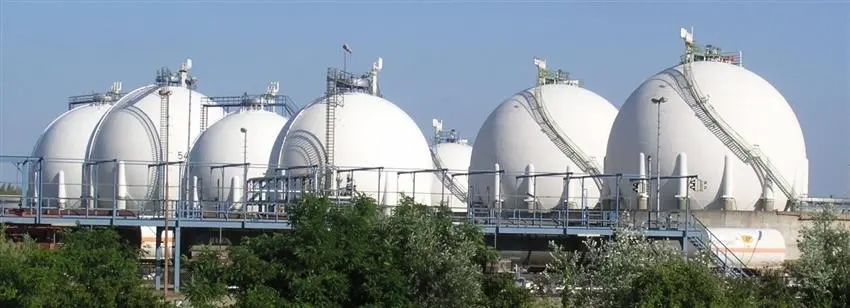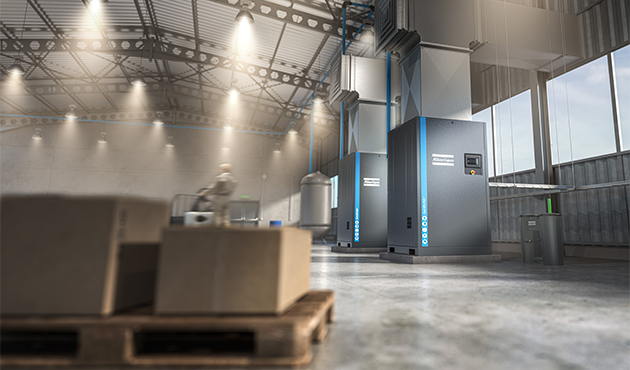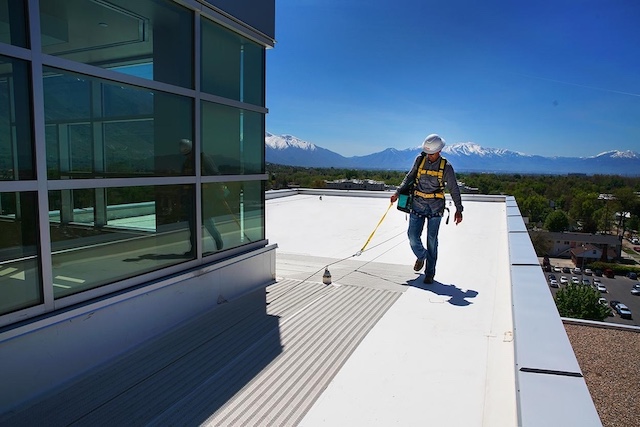Manufacturing facilities have improved safety plans for adequate personal protective equipment (PPE) standards and procedures, but more work is needed.

Personal protective equipment (PPE) insights
- Manufacturing facilities evolve in safety but face challenges, as seen through frequent OSHA citations, prompting continuous improvement efforts.
- Clear guidelines, rigorous PPE inspection and leveraging technological advancements are crucial to bolstering workplace safety measures effectively.
Manufacturing environments expose personnel to various hazards — heavy equipment, processing chemicals and extreme temperatures, to name a few — and, therefore, are required to enforce job-specific safety requirements. While personal protective equipment (PPE) is fundamental to maintaining a safe work environment, it’s a relatively new concept finding its place in manufacturing settings. After all, the Occupational Safety and Health Administration (OSHA), the federal agency tasked with setting and enforcing workplace safety standards was founded more than 50 years ago.
Manufacturing facilities have made significant strides in developing comprehensive safety plans with adequate PPE standards and procedures. However, considering how OSHA writes hundreds of citations every year, it’s clear there’s still room for improvement.
Setting clear expectations
The equipment and hazards personnel are exposed to vary not only from facility to facility but also across departments, areas and rooms. Plants must have clearly defined safety guidelines and expectations for each hazard and also invest in regular training to ensure everyone has a comprehensive understanding of their environments and specific risks. This is the hazard mitigation foundation all facility managers must build off of.
Adding a daily checklist to track hazards can help encourage employee compliance. If a safety incident occurs, plant managers can review the logs to determine what might have gone wrong. PPE checklists might include:
-
Eyes and face protection — Safety glasses, safety glasses with side shields (required by ANSI Z87.1 when wearing prescription glasses), chemical splash goggles, impact goggles, cutting goggles, full face shields and/or welding hoods.
-
Foot protection — Safety-toed boots (specify if dielectric and rubber, PVC or Urethane).
-
Respiratory protection — Half- or full-face respirators, face masks (dust, particulate or fume), emergency escape packs and/or full-face supplied air respirators (SCBA).
-
Hearing protection — Ear plugs, earmuffs and/or dual protection.
-
Protective clothing — Task-specific gloves, flame-resistant clothing (FRC), Nomex clothing, NFPA 70E-approved clothing, freezer suits, Tyvek suits and/or rain suits.
-
Head — Class-appropriate hard hats.
Facilities must thoroughly inspect PPE upon delivery for any manufacturing defects that could threaten user safety and replace equipment when deficiencies are identified. After passing the initial inspection, facility managers should periodically inspect PPE to review its quality.
For example, respirators should undergo rigorous testing to verify they have the appropriate seals, get proper oxygen flow and work correctly. Individuals who wear respirators for their jobs must also pass medical evaluations and fit-testing procedures annually (at minimum).
Four common PPE misuses
Every year, OSHA releases a top 10 list of its most frequently cited safety standard violations. In 2022, the agency reported 1,401 violations of OSHA Standard 1926.102, which requires employers to provide eye and face protection to protect against various hazards. This quantity of citations earned the category the No. 9 spot on OSHA’s ‘Top 10’ list. While this is one example of PPE-related OSHA violations, it underscores how these issues are occurring in workplaces.
Ensuring employees are wearing their PPE and wearing it correctly is critical to maintaining workplace safety and preventing injuries. These are some common PPE-use errors to be wary of:
-
Not wearing task-appropriate gloves — Personnel must select gloves for their ability to withstand the impact of the hazardous materials they are handling. Wearing any glove off the shelf is not sufficient.
-
Not replacing hard hats — Plant managers must replace hard hats any time a significant hit occurs, as well as every five years. This also underscores the importance of regularly inspecting PPE. If nobody reported the impact, the damaged hard hat returns to circulation, putting other employees at risk.
-
Wearing the wrong ear protection — Equipment emits different decibel ranges. Personnel must be conscious of what equipment is present in each facility room and wear the appropriate hearing protection, even if the equipment is not in use at that moment.
-
Wearing inadequate prescription glasses — Prescription safety glasses may be worn if they adhere to ANSI Z87.1, the industry compliance standard for protective eyewear. Prescription glasses and tinted sunglasses must have side shields to be ANSI Z87.1-approved.
Embracing safety technology advancements
PPE technology is improving and making it safer for employees to work in manufacturing environments. Facilities that want to enhance their safety practices might consider investing in the latest PPE technology, such as hard hats with clips that better secure the headwear or harnesses with self-retracting lanyards that reduce fall distances to under two feet. Most importantly, OSHA is constantly updating its policies and procedures and facilities should review their safety requirements and programs at least once a year to ensure they meet or exceed OSHA standards.
Stellar is a CFE Media and Technology content partner.



